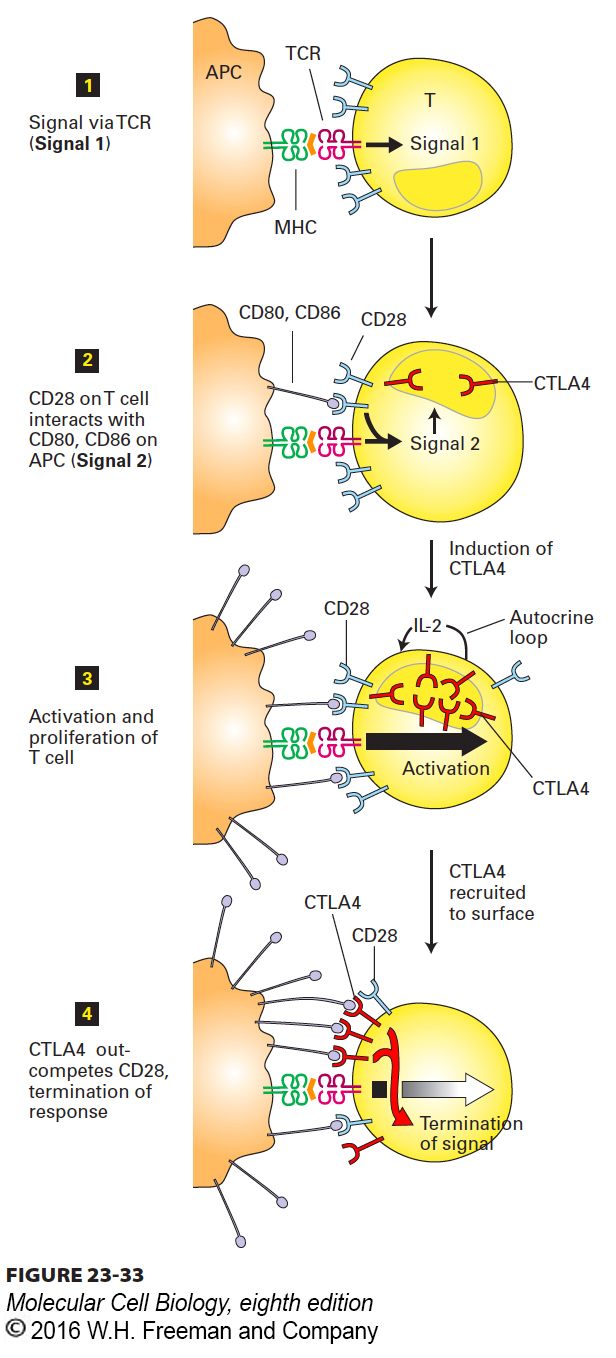
FIGURE 23- T- o- T- C- T- o- n- o- T- T- T- T-